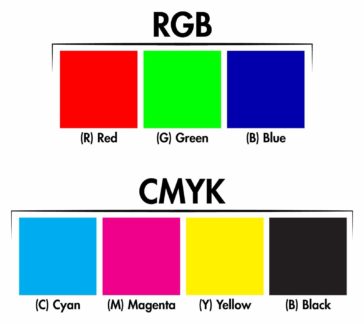After the Writing: Cover Thoughts
Book covers are a tricky business. All of the wonderfulness of your story needs to be reflected in an attention-grabbing cover that will make readers want to choose your book. Now that your story has been written, lets explore some cover thoughts and ideas. Genre It’s important to convey the genre of your book to give potential readers an idea of what your book is about. Established design styles will serve as a guide, but here are a few examples: … Read More »





